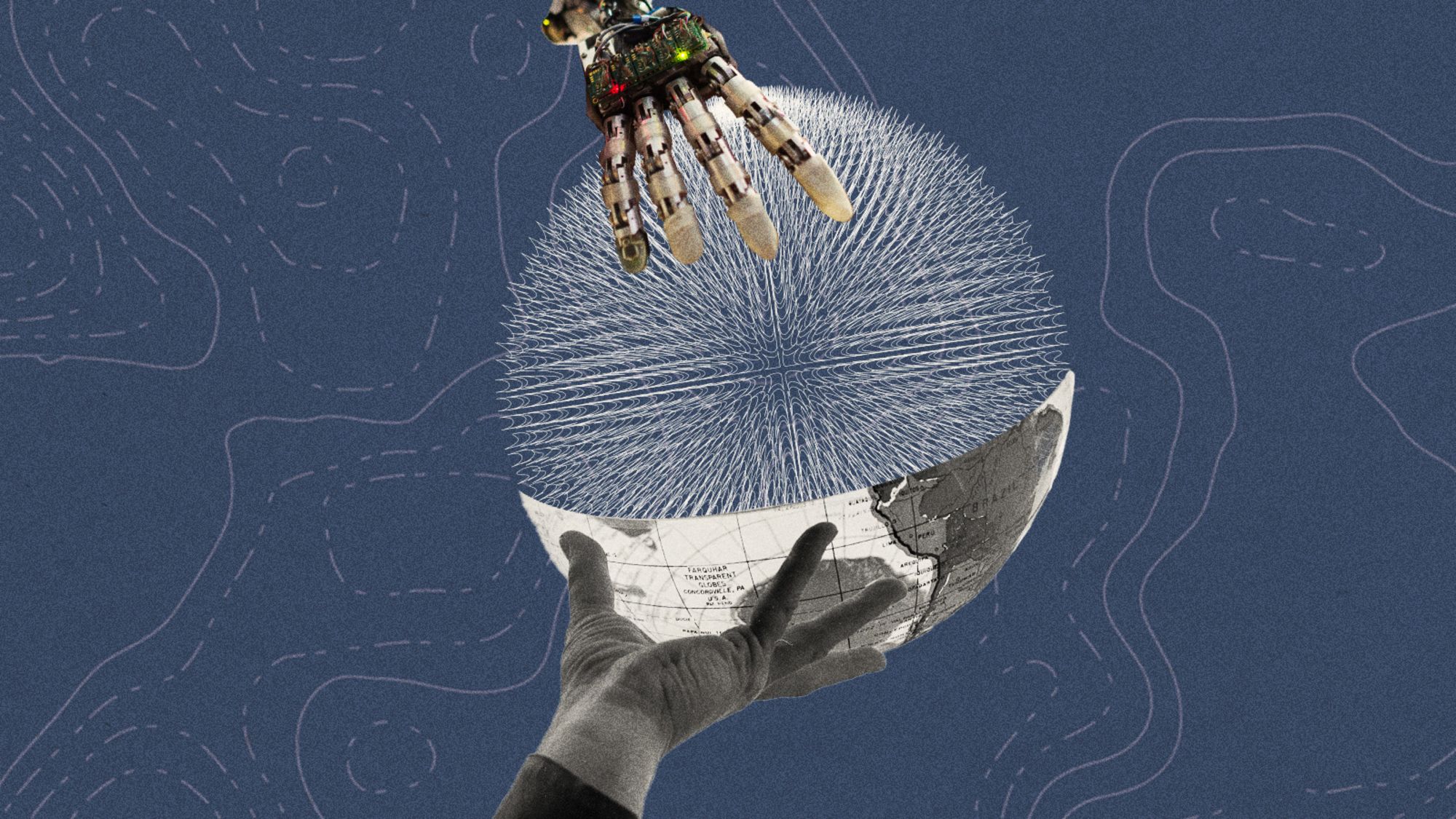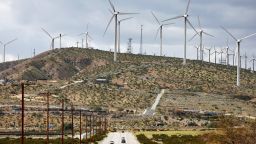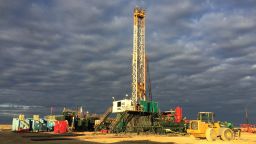Programming note: Listen to a version of this story on CNN’s One Thing podcast with David Rind.
Tomato growers in central India have been increasingly worried about the volatility that extreme weather events have brought to the region. For much of the area, the last decade has been punctuated by severe droughts that led to significant crop loss, impacting the livelihoods of local farmers.
On the other side of the world, Silicon Valley startup ClimateAi is developing an artificial intelligence platform to evaluate how vulnerable crops are to warming temperatures over the next two decades. The tool uses data on the climate, water and soil of a particular location to measure how viable the landscape will be for growing in the coming years.
Maharashtra, India, was one of its first case studies in 2021. Farmers could go into the ClimateAi app and input what seed they were growing and where they wanted to plant it.
With that data, ClimateAi ran simulations and found that extreme heat and drought would lead to an approximately 30% decrease in tomato output in the region over the next two decades. It warned growers that they should change their strategy.
The results proved pivotal — tomato producers adjusted their business plans by switching to more climate-resilient seed varieties and shifting the times they plant tomato seeds. Finding new growing locations usually takes a while for farmers affected by climate change, but “now it can happen in a matter of minutes, and it also saves them a lot of cost,” according to Himanshu Gupta, who grew up in India and is the CEO and co-founder of ClimateAi.
“The way we think about AI is it’s a time and effectiveness multiplier to the solutions for climate change,” Gupta told CNN.
Better assessing future risks for farming is just one of the ways artificial intelligence technologies are being used to address the climate crisis.
AI first crashed into the public consciousness this year thanks to popular, consumer-facing AI tools like ChatGPT, and experts say the technology is set to revolutionize countless industries. But climate researchers have for years been thinking about how AI — computer programs that can rapidly analyze enormous amounts of data and complete complex tasks in ways similar to how a human might — could help them better understand and address the changing climate.
Now, experts say AI is poised to accelerate everything from reducing pollution to improving weather models.
“Efficiencies is one thing that AI is very good at, optimizing decisions, optimizing resources,” said Fengqi You, chair professor at Cornell University’s engineering school. “It’s a system that has very strong predictive capabilities that could be tremendously helpful in many domains, ranging from (understanding) small-scale molecules … to broader climate systems to help us fight climate change.”
With the breakneck pace at which the planet has been warming, accelerating the speed at which the world deploys and implements solutions is crucial. But for all of AI’s promise, the infrastructure that supports the technology — data centers filled with rows of powerful, energy-sucking computers — could itself be a strain on the environment. Experts say software engineers must work closely with climate scientists to find a balance.
“It’s definitely something that has to be considered as this trade-off,” said Kara Lamb, an associate research scientist at Columbia University’s earth and environmental engineering department. Still, “the positives outweigh the negatives in terms of applying it to these types of approaches.”

Technology that speeds up discovery
Artificial intelligence is a broad term that refers to various digital tools trained to perform a wide range of complex tasks that might previously have required input from an actual person. Generally, what these technologies have in common is their ability to rapidly process and find connections among vast amounts of disparate data.
This makes AI particularly good at things like forecasting and running simulations. And unlike traditional computer programs, AI tools can typically continue learning over time as new data is available or as the systems receive new feedback about the quality of their outputs.
While scientific discovery used to be reliant on humans’ ability to gather, observe and analyze evidence, computers can now process large datasets, identify patterns and run digital experiments in a fraction of the time that human researchers would need.
“For the climate models, fundamentally we’re trying to solve these equations … how these atmosphere models are interacting, and it takes a long time to solve,” You said. Similarly, research on new energy conduction materials, like those for solar panels, could require countless hours of testing that can now be sped up using AI.
“In the past, people used to need trial and error, we’d need … researchers working every day and night,” You said. “Now, because of AI, which doesn’t need to sleep, it just needs electric power, it could keep working 24/7 and it can become very helpful in accelerating discovery.”
AI probably won’t replace the need for humans in the climate change fight. But it could make their work faster and more effective.
Researchers seeking to restore coastlines by replanting seagrass, for example, are using AI to model the best locations to target those replanting efforts, said Dan Keeler, chief communication officer at impact investing firm Newday, which is involved in charitable efforts to support the coastal restoration.
An AI algorithm trained to address the issue could take into consideration everything from toxins in the water or disruptive shipping routes to how replanting efforts could impact nearby sea life or even coastal tourism.
“It’s very difficult to put all those together into a single model with conventional methods, but AI actually makes that much more possible,” Keeler said.
AI ‘doing the dirty work’ in climate research
The Arctic is warming four times faster than the rest of the planet, scientists have found. Rising temperatures are melting sea ice, thawing permafrost and igniting wildfires in what should be one of the coldest regions on Earth.
Climate experts have said what happens in the Arctic is a bellwether for the rest of the world. But climate models – which scientists use to predict long-term change – are not capturing how fast it’s warming.
With the help of AI, Anna Liljedahl, a scientist at the Woodwell Climate Research Center, can make permafrost forecasts on a seasonal timescale, instead of on the typical 100-year timescale, giving her and other researchers a better picture of how fast the Arctic is melting.
“AI is doing the dirty work,” Liljedahl told CNN. “But AI is not perfect, so we see it as a first tool, and then the human will come in after and really check and make sure that things make sense and explore the things that AI suggested.”
The technology can also be used for solutions. A 2019 Google DeepMind project trained an AI model on weather forecasts and historical wind turbine data to predict the availability of wind power, helping to increase the value of the renewable energy source for wind farmers. AI can also help predict when and where energy demand is going to be highest, allowing grid operators to “make sure they have power online, ready to supply demand, and also that they don’t have power that’s just being produced and it’s going to be consumed, because that’s obviously a tremendous waste,” said Keeler.
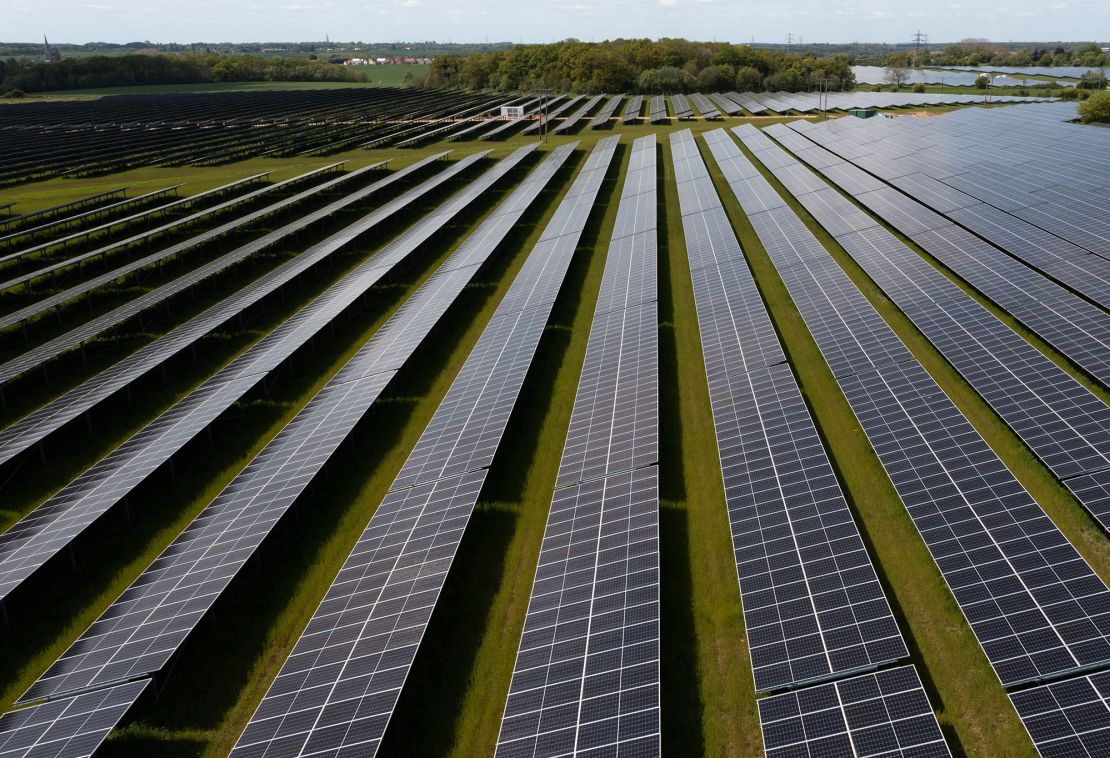
ClimateAi’s Gupta said the problem is figuring out how to integrate renewable capacity into the existing fossil fuel-dominated grid. AI can identify in real-time which renewable energy sources are available in the areas where consumers want it — optimizing consumer demand and supply for renewables.
Elsewhere, AI is also being used to research materials that could effectively recapture carbon from the atmosphere and to model and forecast major floods to help local government agencies better prepare for and react to potential emergencies.
The Cool Down, a media company aiming to help consumers better understand the climate crisis and potential solutions, is set to launch an AI tool early next year that will answer user questions about how to live a more sustainable lifestyle, according to Anna Robertson, co-founder and head of content and partnerships. The tool will use data from its site about what kinds of climate information consumers are most curious about to direct users to information, including answering questions like, “What can I do with my old jeans?” or “I want to switch my laundry detergent, where should I start?”
“Part of the problem is that the issue itself has become so overwhelming and mostly dominated by doom and gloom and not the solutions we have at our fingertips,” Robertson told CNN. “We want to make it easier for people to make better choices.”
Finding the right balance
There’s a downside to all this computational power: Running artificial intelligence models is energy-intensive, and many data centers are operated in areas that are still heavily reliant on fossil fuels, Cornell’s You said. Data centers also typically require water for cooling — a dwindling resource in some places where this computing is being done, including the American West.
For now, the amount of energy used to power AI is relatively small compared to what’s consumed by transportation or buildings. “But this is going to grow very fast, and we do need to be very careful at this moment before it grows exponentially,” You said.
An October study from Dutch researcher Alex de Vries estimated that the “worst-case scenario” suggests Google’s AI systems could eventually consume as much electricity as the country of Ireland each year, assuming a full-scale adoption of AI in their current hardware and software. Developers should be advised “not only to focus on optimizing AI, but also to critically consider the necessity of using AI in the first place, as it is unlikely that all applications will benefit from AI or that the benefits will always outweigh the costs,” the study concludes.
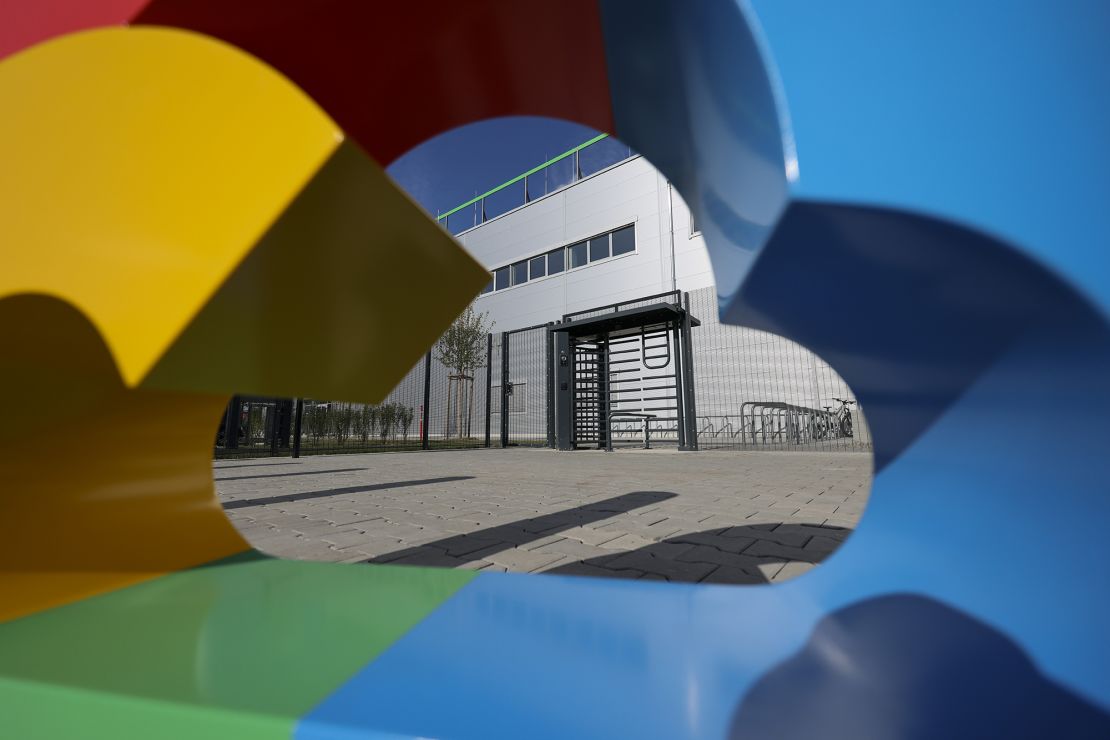
Some data center operators are already beginning to address these concerns.
Amazon Web Services, the online shopping giant’s cloud computing arm, has pledged to be “water positive” by 2030, meaning the company will “return more water to the communities in which we have our data center infrastructure than we take,” CEO Adam Selipsky told CNN in an October interview.
In Oregon, for example, where drought has tightened its grip in recent years, AWS is providing the spent water used for cooling its data centers to local farmers for irrigation at no cost.
The companies building and running data centers to carry out AI workloads can also think about strategically placing them in areas where they might require fewer natural resources to operate, You said. If data centers are built in colder parts of the world, for example, less water will be needed for cooling; Scandanavia has emerged as a popular location for data centers, also bolstered by its relatively robust availability of renewable energy sources.
Lawmakers in the United States and abroad — who have in recent months increasingly turned their attention to developing guardrails for AI — should consider both the technology’s potential benefits in fighting climate change and its environmental impact when developing regulations, You added.
“Regulators, decision makers, policymakers really need to think about this when they are looking at the growth of [the AI] industry,” You said. “The growth of the industry is not only about the software, tools and so on, but also how they operate these data centers.”
Tech experts also caution that AI must be made affordable and accessible for low-income nations, particularly those in the Global South that are on the frontlines of the climate crisis yet contribute the least to global pollution, something Gupta hopes to address as he expands ClimateAi’s resources.
“When it comes to AI being applied to climate change,” said Gupta, “I think we are just scratching the surface of the potential that exists both in terms of the impact it could create for businesses, but also the impact it could create at the humanity level.”
This story has been updated to note that Himanshu Gupta is both the CEO and co-founder of ClimateAi.



